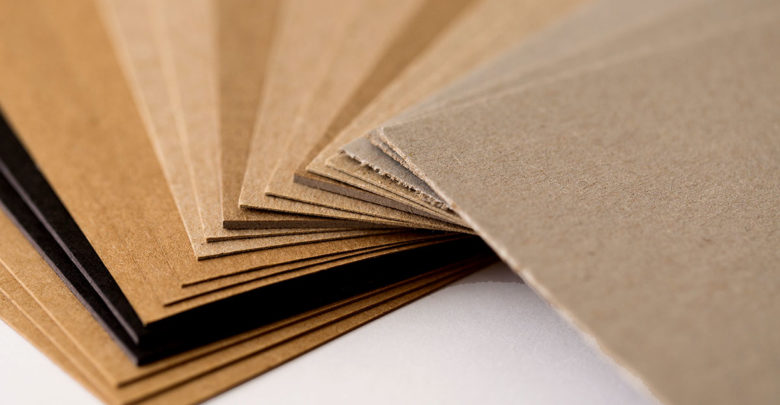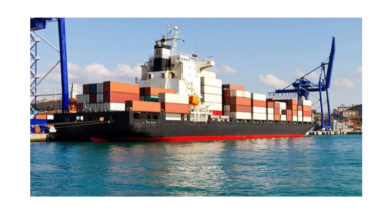Key Growth Areas Driving the Coatings for Paper and Board Market

Functional and barrier coatings have been used to enhance the properties and performance of paper and paperboard products for many decades. According to new research from Smithers Pira – The Future of Functional and Barrier Coatings for Paper and Board to 2022 – demand will continue to grow in paper and paperboard applications over the next five years. Worldwide demand is poised to reach 218 million tonnes by 2022. The overall global market of $279 billion in 2016 grew by 6.8% in 2017 and will continue at a pace of 4.9% to a market value of $518 billion by 2022.
Growth is being aided by an improved global economy and the evolvement of underdeveloped countries and regions. In terms of specific markets, the Asia-Pacific sector will represent over 54% of worldwide functional and barrier coatings use by 2022, up from 46% in 2012. The Western, more developed markets, will show more modest growth in demand. Global growth opportunities are achievable across all regions.
There are many demands from the market that require a growing number of substantial advances in technology, leading to greater innovation on numerous levels. Market demands for more sustainable packaging are increasing, as are the regulatory requirements that are forcing companies to consider new alternatives.
The rate of technology change continues to challenge the industry, and the packaging industry continues to demand new solutions from functional and barrier coating suppliers. Smithers Pira’s analysis identifies the following five the main developing areas and technologies that are pushing the market forward and are helping align with the evolving needs of the consumer.
New Polymer Solutions
The largest volume trend in technology is the rapid growth of bio-based polymer alternatives to replace petroleum-based plastics like polyethylene in extrusion applications. Nanopolymers and formulated water-based polymers utilising a variety of structured pigments are also being used more.
Water-based systems using advanced emulsion polymers are showing growth rates exceeding 14% in some markets, such as North America. Waterborne polyethylene terephthalate (PET) technologies from Akzo Nobel are also becoming of more interest as a sustainable alternative to polyethylene laminates and wax in many market applications.
Active and Intelligent Packaging
The marketplace continues to demand functional and barrier coatings for paper and paperboard that will provide added benefits to the product, retailer, and consumer. This is fuelling demand for more responsive and active packaging – including antimicrobial products and environmentally sensitive functional coatings.
Responsive packaging systems designed to react to stimuli in the food or the environment, to enable real-time food quality and food safety monitoring or remediation, is a growing field of use. These coatings are capable of exhibiting changes in physical or chemical properties in response to external stimuli – including pH, temperature, light and biological activity among others – thereby eliminating waste. Antimicrobial packaging is another area of emerging ‘intelligent’ coating technology interest, and it is rapidly advancing with the application of nanotechnology and natural antimicrobials.
Focus on E-commerce
The ever-growing e-commerce market is also playing a role in future growth in paperboard packaging applications, and functional and barrier coating technology will be developed to provide the properties needed to ship more products directly to shoppers worldwide. Food products, in particular, need insulating, and lower cost and sustainable products are being sought to replace expanded polystyrene, wax, polyethylene, PVC products and the other non-sustainable materials currently used.
In developed markets, the arrival of online services, such as Deliveroo and Hungry House, is aligning with a trend for more home delivery – over 30% of US citizens now get food delivered twice a week, and this trend is estimated to grow at 3% CAGR for the next five years. This is expanding the range of menu choices available. High street fast-casual outlets have embraced this trend and, as they do so, are keen to maintain a superior brand experience, delivering meals in innovative designs with high-grade graphics in coated paperboard a popular format.
Sustainability Agenda
Paperboard will continue to compete with plastics and other materials for packaging, and a variety of other uses. Expanded polystyrene (EPS) is broadly used to ship fresh seafood, package takeaway food items, cups, plates, coolers and other uses. EPS is water-resistant, low-cost, lightweight, insulating and structurally attractive for many of these applications but unattractive from an environmental standpoint.
Another use for EPS that will face pressure is the overnight shipment of frozen foodstuffs ordered online. Trends will continue to replace EPS with paperboard alternatives, using different combinations of formulated water-based coatings, innovative paper and paperboard treatments, and product design changes. Functional and barrier coated paperboard is also replacing treated wood in some packaging applications where sustainability is an issue, or where lighter weight alternatives are desired.
Ox-Box, a US-based company, has developed a paperboard product using functional coatings and treatments that are fully recyclable, lightweight and can withstand the elements of severe weather, without sacrificing the strength needed to perform in service. The Ox-Box product is replacing wood crates for shipping equipment, mechanical parts, and chemical products.
Intelligent Printing
There is also competition in supermarket freezers, where products need to stand out to consumers with a limited time to make a decision. Brands are putting pressure on printers and converters to deliver more colourful and interactive packaging, with high-end finishing, like hot foiling, spot varnishing, and embossing. Add a QR Code eliminates the need for taking up package graphic design space, and allows consumers to learn more about the contents of the packaging by merely pointing their smartphone at the package, is growing in popularity.

.gif)



